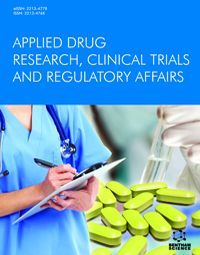
Abstract
This paper provides information on the risk and acceptability of the polymeric solubilizer Soluplus® as an excipient in pediatric formulations. The assessment was performed based on safety data available from the manufacturer and publicly available data sources. Soluplus® is virtually non-toxic in rats and dogs after oral administration, consistent with its negligible systemic exposure. The non-toxic dose levels established in animals translate into a substantial Human Equivalent Dose (>300 mg/kg). Clinical safety data in adult subjects further support the presumed safe use of Soluplus® in pediatric clinical formulations. Based on existing data, additional toxicology studies in juvenile animals are not warranted. Overall, the use of Soluplus® as an excipient in pediatric oral clinical formulations in 300 mg or 30 mg/kg can be considered reasonably safe.
[http://dx.doi.org/10.3390/children7010001] [PMID: 31877624]
[http://dx.doi.org/10.1016/j.jcis.2021.12.016] [PMID: 34952275]
[http://dx.doi.org/10.3390/children2020191] [PMID: 27417358]








